On September 30, 2025 (Tuesday), the seminar entitled “Advancing Service-Learning...
Read More
Announcements

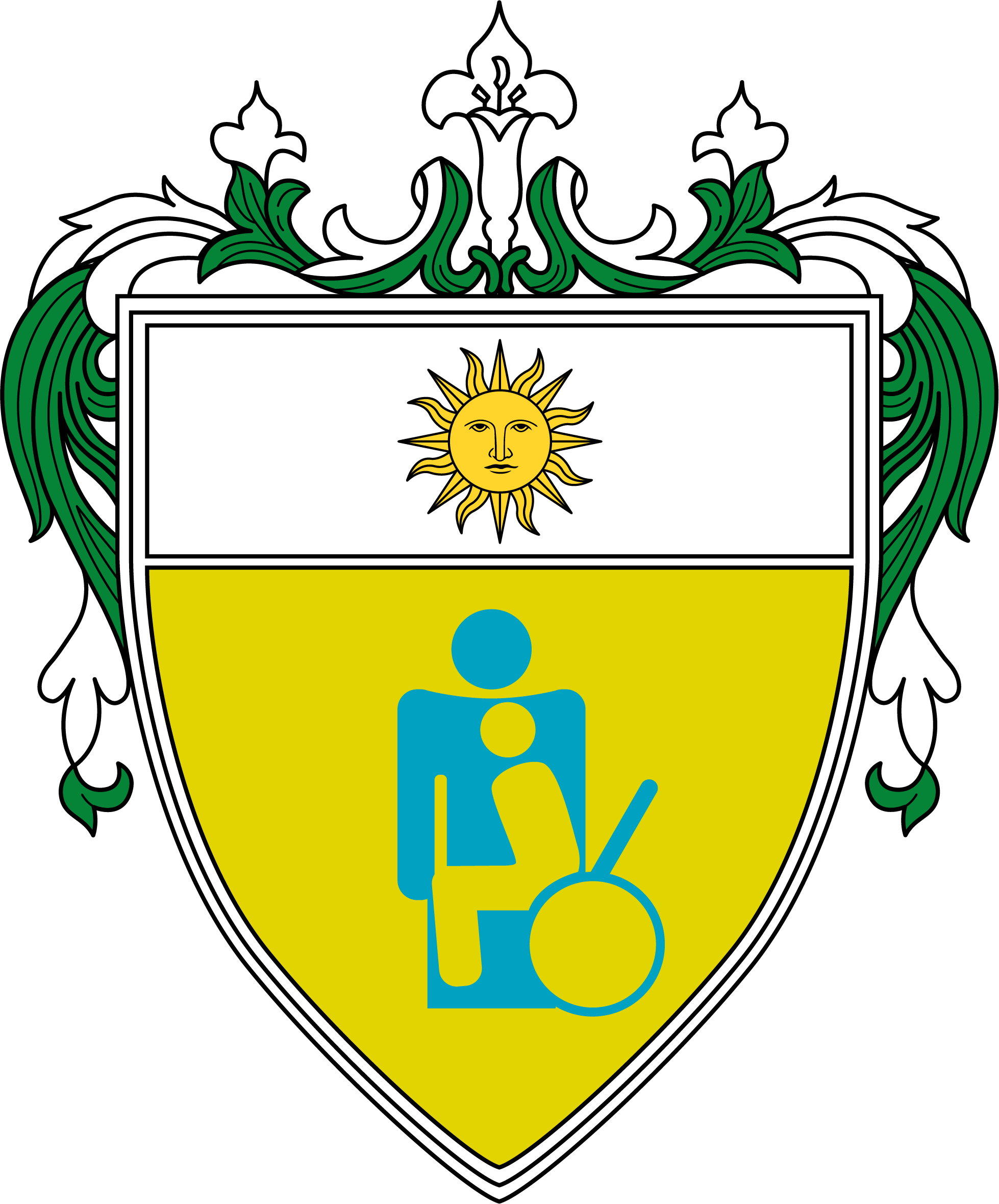
College of Rehabilitation Sciences (1974)
We are an internationally acknowledged educational institution of experts producing nationalistic and globally-competitive Thomasian leaders in the field of rehabilitation sciences committed to quality healthcare services. We will be the standard for academic excellence, research and community service; the preferred school for rehabilitation sciences programs; the top performing school in licensure exams; and the recipient of the highest accreditation levels.
To do this, we will:
CRS aims that the Thomasian rehabilitation science professional will:
Center for Health Research and Movement Science
The Center for Health Research and Movement Science serves as the research unit of the College for Rehabilitation Science. All research activities initiated and developed in the College are coursed through the CHRMS. Its research projects focus on assessment and interventions to improve health, fitness, and quality of life for different patient and client populations. These studies were previously carried out at the Center for Research on Movement Science (CRMS), now known as CHRMS, which is an evidence translation group under the Center for Allied Health Evidence of the University of South Australia and an evidence synthesis group of the Joanna Briggs Institute.
Australia
Belgium
Hong Kong S.A.R.
India
Japan
Malaysia
Thailand
United States of America
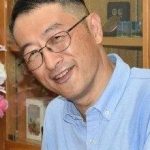
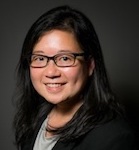
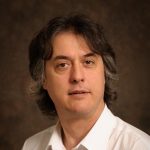
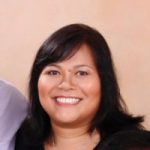
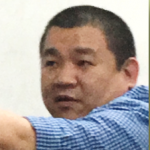
On September 30, 2025 (Tuesday), the seminar entitled “Advancing Service-Learning...
Read MoreEnsuring inclusive education program success requires an evaluation of the...
Read More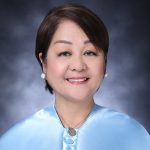
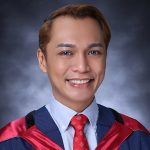
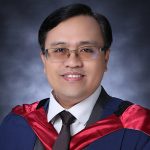
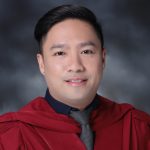
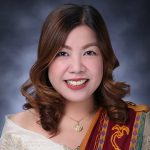
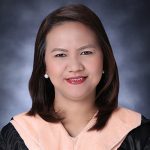
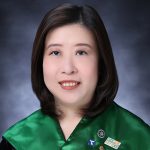
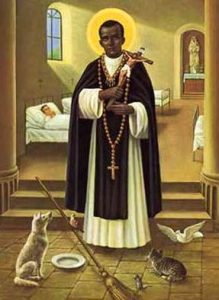
Patron of the UST College of Rehabilitation Sciences
Feast Day: November 3
Interracial harmony is an ideal that people continuously strive for even to this day. One man became a symbol of this for the Catholic faith in the 1600s: St. Martin de Porres.
Born on December 9, 1579 in Lima, Peru, he was the son of a Spanish nobleman and a former black slave. While his dark tinge earned him some degree of neglect from his father, he was able to be friends with a doctor who taught him the art of healing.
Believing he can serve others with this gift and armed with an arduous dedication to the Lord, he entered the Order of Preachers, one of the first of mixed races to do so. He began as a servant and did even the most menial of tasks selflessly. Finally, his superiors took notice and commanded him to accept the habit of a lay brother. As he carried out his ministry, he became known for his ascetic lifestyle, social work and unique healing powers.
His genuine compassion for the downtrodden led him to establish a residence in Lima for orphans and abandoned children. He died in Lima, Peru on November 3, 1639, leaving behind a legacy of interracial harmony, selfless service and unquestionable holiness.
He was canonized by now-St. Pope John XXIII on May 5, 1962.
Sources:
In this playlist, listen to some of the College’s academic staff and alumni as they share about their fields of expertise.
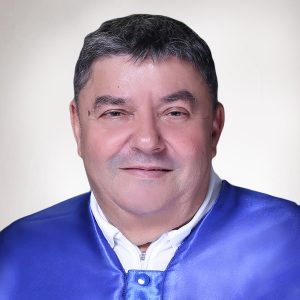
Rev. Fr. Joaquin F. Valdes, O.P.,
Regent

Rev. Fr. Joaquin F. Valdes, O.P.
Member (Ex-Officio)

Asst. Prof. Ma. Roxanne L. Fernandez, PhD
Secretary (Ex-Officio)
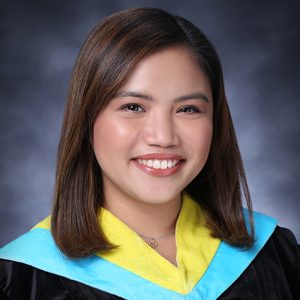
Inst. Mary Ann Gisselle O. Esguerra, MHPEd, RSLP
Internship Supervisor, Department of Speech-Language Pathology
Ms. Althea Vien A. Lopez
Office Clerk

Ms. Jhenny S. Lopez
Office Clerk

Ms. Mary Ann V. Misola
Office Clerk
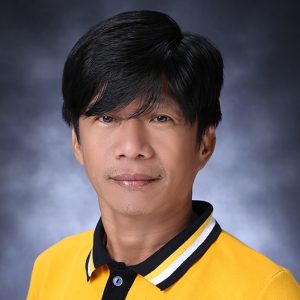
Mr. Jessie D. Carreon,
Laboratory Assistant
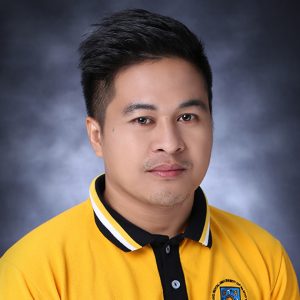
Mr. Ruben Cultura,
Laboratory Assistant
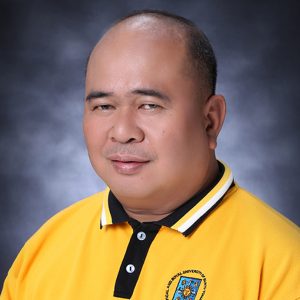
Mr. Jesurino Tampos,
Laboratory Assistant

Mr. Angelo Gabriel Tan,
Computer Technician
In the early 1970’s, the lack of manpower to take care of 4 million disabled Filipinos was staggering. There were less than 50 qualified licensed Physical Therapists in the country, out of an estimated need for at least 3000. To address this need, The UST Institute of Physical Therapy opened its doors in June 1974 to applicants for the program of Bachelor of Science in Physical Therapy. At that time, the first two years of the 4-year baccalaureate degree fell under the College of Science while the last two years were administered under the Faculty of Medicine and Surgery. The first batch of 14 students graduated in 1977.
By March of 1987, the school was granted a semi-autonomous status academically while still functioning administratively under the Faculty of Medicine and Surgery. It exercised full control of the revised 5-year curriculum that was initiated in school year 1988-89. In December 15, 1993, the school was granted full autonomy academically and administratively by then Rector, The Very Reverend Fr. Rolando V. de la Rosa, O.P. The head of the Institute was likewise elevated from being a Director to a Dean.
In fulfillment of its commitment to develop highly competent allied rehabilitation professionals, the degree of B.S. in Occupational Therapy was also offered in June 1996. In the summer of 1999, the Certificate Course in Athletic Training was offered. This post-graduate certificate course is an intensive 8-week seminar workshop that aims to spur the professionalization of sports science in the country.
By 1999, foregrounding the growing demand of rehabilitation sciences in the allied health profession, the Institute of Physical Therapy has been renamed College of Physical Therapy and by 2001, to College of Rehabilitation Sciences, as the school also offered a new academic program, B.S. in Sports Science. In the same year, the Master of Science in Physical Therapy program was initiated in collaboration with the UST Graduate School and the University of South Australia as a ‘Training the Trainer’ program. Twelve faculty members of the College were the first enrollees to this program. Two years later in 2003, it was offered to graduates from other schools.
On February 21, 2003, the Center for Research on Movement Science was established within the Thomas Aquinas Research Complex. In 2010, it was renamed Center for Health Research and Movement Science to better reflect its role as the research arm of the college.
Responsive to its commitment to responding to the healthcare needs of society, the College once again endeavored on a new program in June 2009 – the BS Speech-Language Pathology. Together with the other established programs, the latest program offering, truly makes the College holistic in its provision of quality education in the field of rehabilitation sciences.
The College has grown tremendously for the past forty years. Presently the entire student population approximates 1,400, about one hundred times more than the original number of enrollees. The facilities of the school are by far the most sophisticated in the country and are at the par with those found abroad.